Picture the primitive canine: tracking the wilderness for miles with a hungry stomach; gathering with friends and family to howl at the full moon. You're thinking about an animal that is the same species as the one cuddled up next to you on the couch, and a wolf has much more in common with your dog than you may think. After all, man's best friend was domesticated from the Grey Wolf.
Wolves can run up to 35 miles per day, hunting food to feed their "family" or pack which can have up to 40 members. While your dog's food is probably provided by it's own pack and human family, the exercise his ancestors do daily are one part of the primitive hunt still buried in your pet's DNA. Of course your pooch doesn't need to be on the move all day every day, but the benefits of at least one walk per day have a great impact on the health and longevity of your four-legged friend.
If your dog is not getting enough exercise, they'll be sure to let you know. Your pooch can formulate an array of irksome, attention-grabbing habits: barking and whining for no apparent reason, nipping at your socks, digging holes in the garden and destroying household items, waking you up at 3 am to play fetch, and even deciding to "investigate" the garbage can. These are only of few examples of how your pet is trying to do something constructive with their excess energy. Like wolves, dogs need exercise to stimulate their brain and, on the contrary, lack of stimulation could result in aggressive behaviors.
Just a simple walk through the neighborhood will not only physically benefit your dog, but help them on a mental level as well. With a hereditary love for the outdoors, your pooch finds great satisfaction in being able to sniff around and explore the environment outside of the house. Going for two or three walks a day will substantially help to build a dog's self-confidence, strengthening social skills and easing acceptance of new situations and environments.
If you struggle with finding the time to take your dog for a stroll, know that simply letting them out in the backyard won't have the same behavioral effects. Being social by nature, your pet is probably just spending the time standing around waiting for you! A game of fetch or tug-of-war is all your pet needs for some mental and physical stimulation, and social interactions go a long way in promoting a happy and healthy life.
Giving your dog enough exercise does not necessarily have to require physical exertion on your part; any activity that requires attention is great for the growth of your pet's mind.
An example of a simple task would be a food puzzle, like figuring out how to retrieve a treat from inside of a Kong toy.
Another game that your dog may love is hide-and-seek: hide from your dog and allow them to use their tracking and retrieving instincts to hunt you down!
Formal training is the most complex and beneficial form of mental stimulation. By learning new tricks and commands your dog's mental capacities are greatly expanded, growing hand in hand with loyalty and obedience for the loving owner that's teaching them!
An obstacle course is another great way to exercise both your pet's body and mind.
Daily mental and physical activity is incredibly beneficial for your dog's health, but it's important to know your pet's limits before pushing them. Small and short-legged breeds don't need to walk as much as larger dogs, and breeds with flat or short noses generally have trouble breathing during vigorous exercise. Sustained running or jogging is bad for the growing bones of a young dog as well as the joints and bones of larger dogs, prone to arthritis and ligament injuries. Breeds like the German Shepherd and the Doberman should not be exercised directly after eating, as their deep chest and narrow body makes them prone to bloating. It's important to consider the age and anatomy of your dog before increasing their physical activity, but you can always ask your vet to help with putting together the perfect exercise plan!
The bond between you and your four-legged friend will strengthen with your time spent exercising and playing together. Bad behaviors that once resulted from stress and solitude will slowly morph into confidence and trust, and your formerly fidgety friend will be much more inclined to cuddle on the couch rather than chew up it! A healthy dog is a happy dog and daily exercise promotes weight control, keeping your pet limber and agile and aiding in the relief of digestive problems!
Unlike the wild Grey Wolf, dogs have earned the title of "Man's Best Friend" after decades of cooperation and companionship with their human counterparts. Our pets dedicate their lives to pleasing and loving their owners, and the best pet parents give their loyalest of friends that same care and compassion in return!
Written by Alison Heyman
Sources: The Dog Guide; The Paw, Dog Training Central
Alison has been with Dan's Dog Walking and Pet Sitting since 2014. She loves going on adventures with her dog Maggie in the woods and playing with her on the beach. Aly is a major advocate for the use of all natural pet products and specializes not only in giving animals the highest level of care, but creating educational material for our clients on how to best care for their pets with organic solutions.










